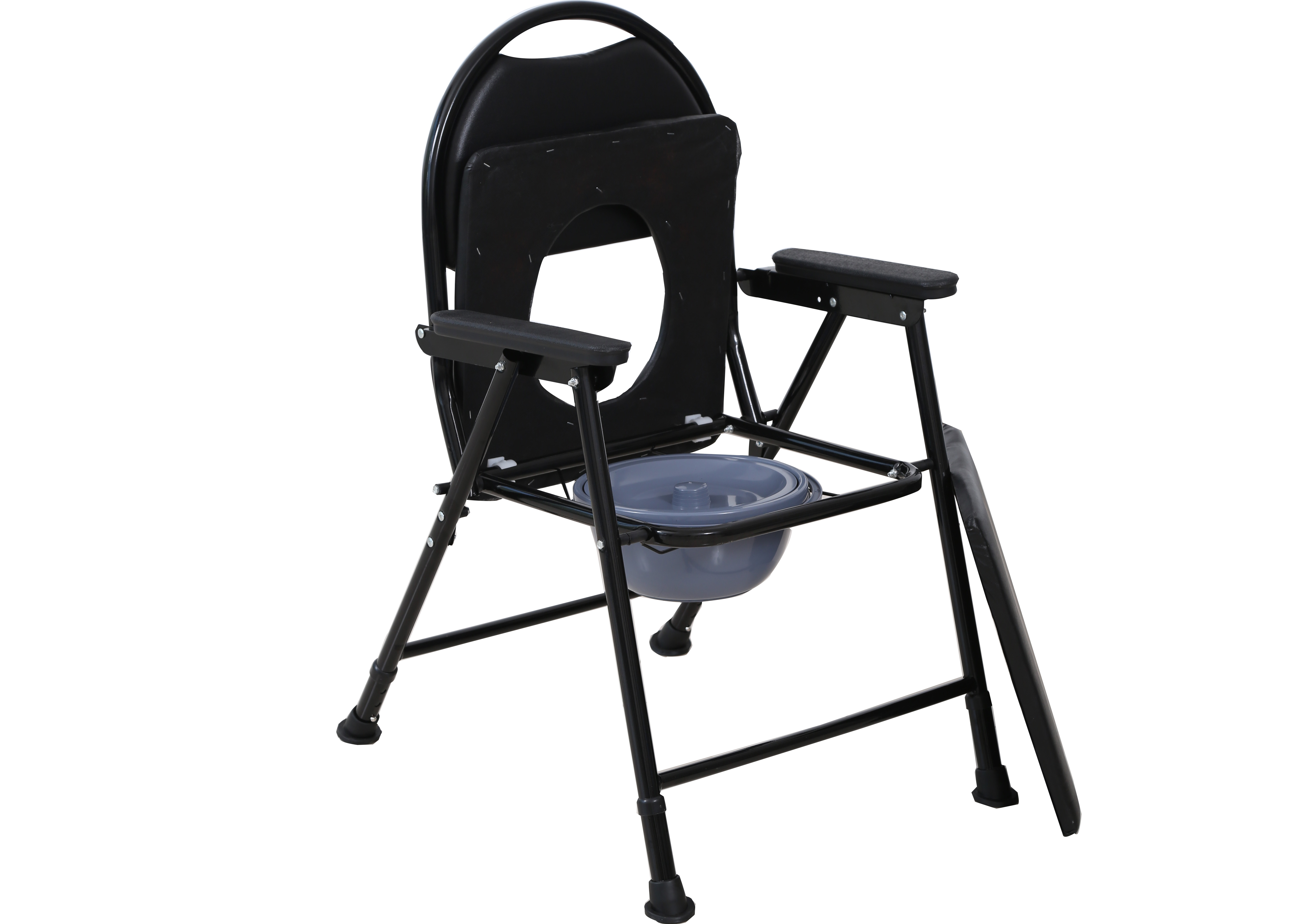Welcome to our websites!
geriatric beds
Geriatric Beds Enhancing Comfort and Care for the Elderly
As the global population ages, the focus on providing quality healthcare for the elderly has become increasingly crucial. One significant aspect of this care is the development of specialized equipment, such as geriatric beds. Designed to meet the unique needs of elderly patients, these beds enhance comfort, safety, and overall well-being, ensuring that older adults receive the best possible care in various settings, including hospitals, nursing homes, and at home.
Understanding Geriatric Beds
Geriatric beds, also known as adjustable or hospital beds, are specifically engineered for seniors and individuals with limited mobility. Unlike traditional beds, these specialized beds can be adjusted to different heights and angles, allowing for easier access and more comfortable positioning. The design elements of geriatric beds cater to specific challenges faced by older adults, such as chronic pain, ease of getting in and out of bed, and the need for assistance with daily activities.
Key Features of Geriatric Beds
1. Adjustability One of the defining features of geriatric beds is their adjustability. Many models allow for the elevation of the head, feet, or both, which can alleviate discomfort from conditions such as arthritis, respiratory issues, and circulatory problems. This adjustability also facilitates easier positioning for caregivers when assisting patients in bed.
2. Safety Features Safety is paramount in geriatric care. Geriatric beds typically come with side rails that can be raised to prevent falls. Additionally, many beds include locking wheels, allowing caregivers to secure the bed in place to avoid accidental movement or shifting.
3. Comfortable Mattresses The mattresses designed for geriatric beds cater to the specific needs of elderly patients. They may include features like pressure relief and temperature regulation to enhance comfort and reduce the risk of bedsores, a common concern for individuals who are confined to bed for long periods.
geriatric beds

4. Ease of Use For individuals with limited mobility, operating the bed should be as straightforward as possible. Most geriatric beds come with intuitive controls, and many are equipped with remote controls, enabling patients to adjust their position without needing assistance.
5. Modularity Geriatric beds can sometimes be outfitted with additional accessories, such as over-bed tables or adapted bedside furniture, which can improve the overall care experience.
The Role of Geriatric Beds in Healthcare Settings
In hospitals and nursing homes, geriatric beds play a vital role in patient care. They facilitate the easy and safe transfer of patients, allowing healthcare providers to perform examinations and treatments more effectively. The adjustability of these beds is essential for physical therapy, as they can be set at optimal angles for exercises and rehabilitation activities.
At home, the presence of a geriatric bed can significantly enhance the quality of life for elderly individuals. Families caring for aging loved ones can benefit from the added safety and comfort that these beds offer, giving caregivers peace of mind while ensuring that their relatives maintain a degree of independence.
Conclusion
The increasing prevalence of geriatric beds marks a significant advancement in the field of elder care. By addressing the specific needs of older adults, these beds not only improve patient comfort and safety but also facilitate more effective caregiving. As technology continues to evolve, we can expect to see further innovations in the design and functionality of geriatric beds, ultimately benefiting the aging population and enhancing their quality of life. Investing in quality geriatric beds is not merely a matter of comfort; it is a crucial component of providing respectful, dignified, and comprehensive care for one of society's most vulnerable demographics.
-
Transforming Healthcare with Hospital FurnitureNewsJun.24,2025
-
Rehabilitation EquipmentNewsJun.24,2025
-
Mobility and Independence with WheelchairsNewsJun.24,2025
-
Freedom of Mobility with Our Rollator WalkersNewsJun.24,2025
-
Comfort and Independence with Commode ChairsNewsJun.24,2025
-
Bathing Safety and Independence with Shower ChairsNewsJun.24,2025
-
Navigating the Wholesale Landscape of Electric Mobility Solutions: Key Considerations for Power Wheelchair DealersNewsJun.10,2025











